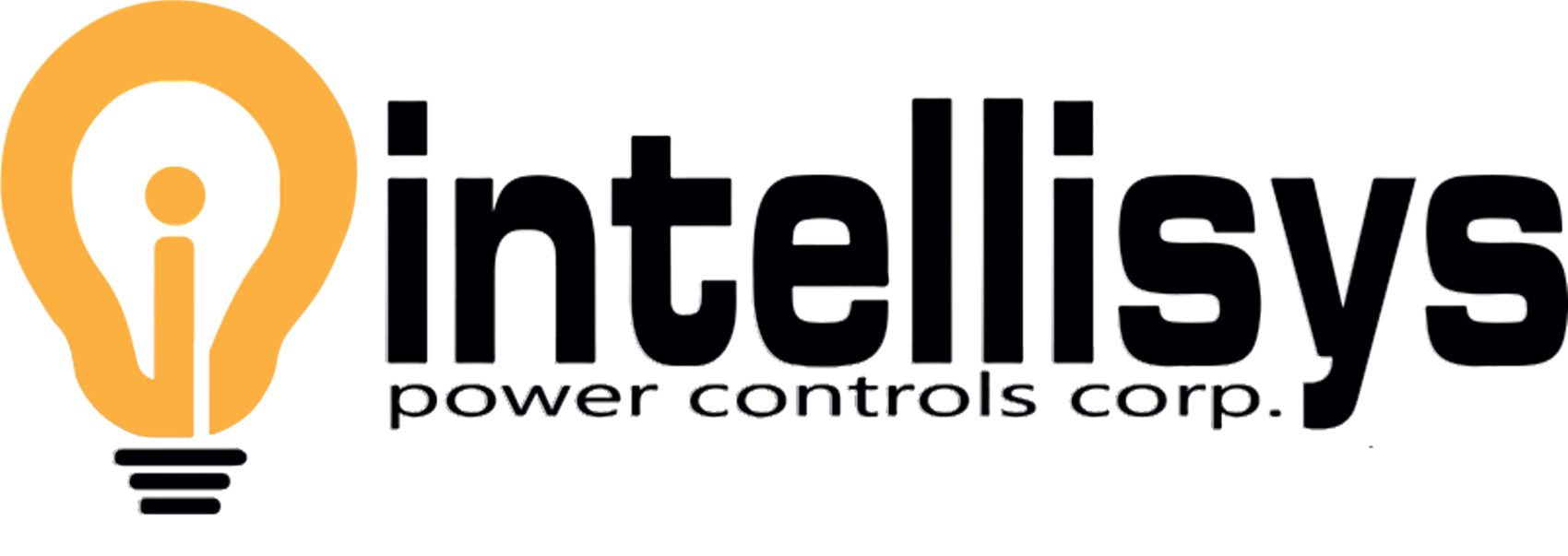Public blockchains are continuously evolving, with a quantity of advancements shaping their future. Scalability remains a main focus, with Layer 2 solutions just like the Lightning Network and Optimistic Rollups bettering transaction velocity and reducing congestion. Moreover, sharding techniques are being developed to course of transactions in parallel, enhancing community effectivity and allowing blockchain ecosystems to scale effectively. These improvements goal to resolve current bottlenecks, making certain that public blockchains stay viable for large-scale applications in finance, healthcare, and other industries. Insurance Coverage brokers are starting to combine blockchain into their businesses to assist usher with efficiency, cut back price and improve the claims processes. Insurance Coverage is a non-public enterprise, making it perfect to maintain its core knowledge in-house.

These blockchain networks are open to anyone with internet entry, akin to a world public ledger accessible to all. Think About a city sq. the place everyone can observe and take part in transactions, with each transaction recorded transparently for all to see. As A Substitute, it operates via the collective efforts of customers and specialized algorithms that maintain security and continuity.
The proprietor or operator has the best to override, edit, or delete the mandatory entries on the blockchain as required or as they see fit to make changes to the programming. Participants can be part of a non-public blockchain network solely through an invitation where their id or different required data is genuine and verified. The validation is done by the network operator(s) or by a clearly outlined set protocol carried out by the community through smart contracts or different automated approval methods. Private and permissioned blockchains are typically used by organizations or businesses with particular needs. There is an absence of expert professionals to build and maintain private blockchains, however more are emerging as consciousness of the needs.
B3i is a consortium of insurance companies leveraging private blockchain to improve efficiency in the insurance coverage sector. By digitizing and automating the switch of insurance coverage contracts, B3i streamlines operations, reduces administrative bottlenecks, and enhances stakeholder trust. This can result in the centralization of mining energy in the arms of entities with the required resources, probably undermining the decentralized ethos of blockchain technology. Public blockchains are accessible from wherever worldwide, making them appropriate for borderless purposes and financial transactions. In this manner, there could be fewer errors and no method for someone to change financial knowledge after it is entered.

Personal blockchains are centralized and used by organizations for internal functions, and so they must handle the issues of safety and excessive prices. There are additionally solely a restricted variety of skilled people who can create and preserve them, no less than as of December 2024. The security offered by public chains with more nodes (users) is greater than that of private chains. One of the elements most tasty to many public blockchain members is decentralization, where control of the blockchain and the information it incorporates resides with the users, not a centralized entity. By design, they allow anyone to participate locally in almost any capability, hoping to extend adoption charges.
- With its distinctive structure, where information is organized in a sequence of cryptographically secured blocks, it has become the backbone of many financial, technological, and company solutions.
- Here are some explanation why some organizations often go for public blockchain know-how.
- Permissioned blockchain advantages include permitting anyone to hitch the permissioned network after an acceptable identification verification process.
- Non-public blockchains are centralized and used by organizations for inner functions, they usually should tackle the problems of safety and high prices.
- The decentralized nature of those networks requires all nodes to validate transactions, leading to slower affirmation times and lowered transaction throughput.
- By recording every diamond’s distinctive attributes on the blockchain, Everledger combats fraudulent actions and unethical sourcing practices.
What Precisely Are Non-public Blockchains?
Additionally, knowledge stays non-public, which is important for businesses working with sensitive info. However, centralized management has risks—users must trust the network operator, and the risk of censorship or knowledge manipulation cannot be ruled out. On the flip side, private blockchains are permissioned networks with restricted access. This allows for faster transactions and decrease vitality consumption but comes at the worth of lowered transparency and centralization. Nevertheless, in case you are contemplating investments in blockchain-based belongings, it is important to conduct thorough analysis and contemplate reputable platforms like Binance or public blockchain vs private blockchain Coinbase.
How Does Public Blockchain Differ From Private Blockchains?
Public blockchains usually contain transaction fees, a small price to pay for maintaining the network and rewarding those that validate transactions. It’s like a library membership fee – you pay a bit to entry an unlimited amount of knowledge and even contribute your information to the community. Determine the issues you aim to unravel, whether it’s enhancing transparency, enhancing data safety, streamlining processes, or achieving regulatory compliance.
For example, blockchain analytics companies can analyze transaction patterns and hyperlink addresses to real-world identities, compromising user privacy. For instance, Ethereum permits builders to construct and deploy smart contracts, self-executing agreements encoded on the blockchain, enabling automated transactions and decentralized purposes. Let us take a deeper dive into the merits and demerits of public blockchain know-how.
Advantages Of Personal Blockchain
Public blockchains function based mostly on predefined protocols and guidelines that might not align with the particular needs of huge companies. Enterprises typically require tailor-made solutions to accommodate their processes, information structures, and integration necessities. By bypassing intermediaries and refining processes, these blockchains can substantially slash transaction costs.
Moreover, centralization can undermine the resilience and censorship resistance of the community, as it turns into susceptible to collusion or coercion by a small group of actors. Transparency is a core characteristic of public blockchains, where every transaction is recorded on a public ledger that is accessible to all participants. This transparency enhances belief among customers, as they’ll independently confirm transactions and track the circulate of funds. For occasion, anybody can examine Bitcoin’s blockchain to confirm the validity of transactions and the total supply of coins in circulation. This transparency also promotes accountability, as malicious actors are much less likely to engage in fraudulent actions understanding that their actions are seen to the public. Public blockchains characterize a revolutionary strategy to decentralized transaction processing, exemplified by networks like Bitcoin and Ethereum.
It is a distributed ledger that operates as a closed database secured with cryptographic ideas and the group’s security measures. Solely these with permission can run a full node, make transactions, or validate/authenticate the blockchain modifications. Public blockchains are at the forefront of monetary, technological, and social developments.
Public blockchains allow people to manage their personal knowledge and share only necessary information with service suppliers. This reduces id theft risks and enhances privacy while bettering entry to companies like finance, healthcare, and governance. Ethereum facilitates automated financial transactions by way of sensible contracts, which are self-executing agreements with terms written in code.
They provide a managed setting overseen by a government, sometimes the organization that created the blockchain. In public blockchains, each transaction is secured using cryptography and validated by an unlimited network of distributed computer systems. Once a block containing these transactions is added to the chain, altering it turns into Non-fungible token practically impossible.

Private blockchains match properly at massive organizations with the sources to operate a number of nodes for verifying their transactions. Specific use cases for personal blockchains embody provide chain administration, international transactions, and healthcare information management. The Chia Virtual Non-public Blockchain permits organizations to reap the advantages of blockchain with out https://www.xcritical.com/ sacrificing the privacy and control necessary for true enterprise-wide adoption.


No responses yet